
St Teilo, Llanddowror
In 1716 Griffith Jones was appointed priest here by ‘Good’ Sir John Philipps of Picton Castle estate, which owned the village properties.

In the 18th century the school teacher and priest Griffith Jones started training teachers at his home in Llanddowror so that they could spend two to three months each in different parishes teaching children from poor rural families how to read. The concept of ‘Circulating Charity Schools’ spread rapidly, and within a few decades Wales had become one of Europe’s most literate nations.
Griffith Jones found that if he taught in Welsh, children and adults could learn to read sufficiently independently in just two or three months. For reading materials he used the bible, a church catechism and the book of common prayer.
Many other people played roles in this remarkable story, including the indefatigable Madam Bevan and Peter Williams, whose affordable version of the Bible ensured there was Welsh reading material in most Welsh homes.
The schools also raised the Welsh language’s status, influenced church liturgy, helped the Welsh printing industry’s development and unintentionally reinforced what later became the Welsh Presbyterian church.
This trail was developed by the Carmarthenshire Antiquarian Society and HistoryPoints
At each location a QR code connects your phone to a web page about that location.
The links will take you to either the church page on our website or the detailed History Points page for more information.

In 1716 Griffith Jones was appointed priest here by ‘Good’ Sir John Philipps of Picton Castle estate, which owned the village properties.

The church sits within what was a triple-banked Bronze Age (2000BC-650BC) hillfort. It contains a large ‘Peter Williams’ bible, originally presented by Madam Bridget Bevan.
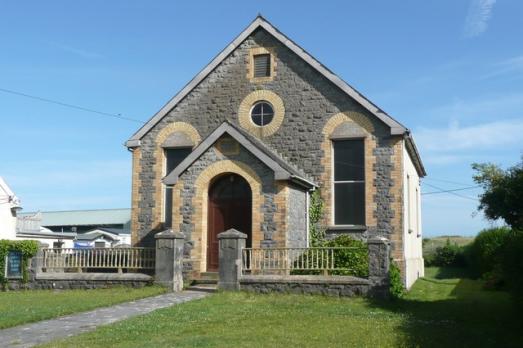
This Calvinistic Methodist chapel, near Pendine beach, was built in 1896 and dedicated to Peter Williams (1723-1796).
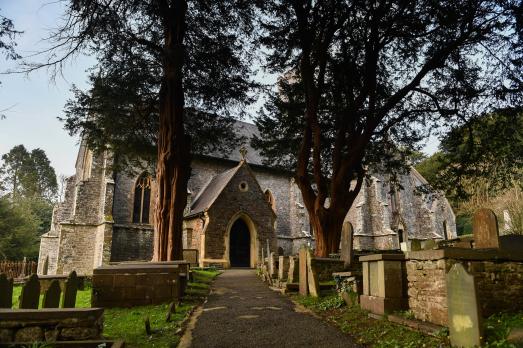
In 1709, Griffith Jones became curate and schoolteacher here. His preaching became so famous that it drew congregations of up to 3,000, so he would often preach outside the church.
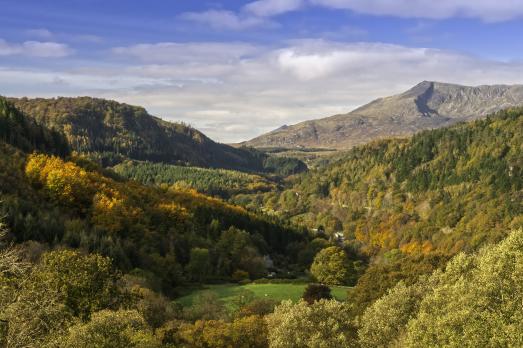
This chapel was built in 1831 on the site where the visionary teacher Peter Williams had opened his house to Nonconformist worshippers in the 18th century.
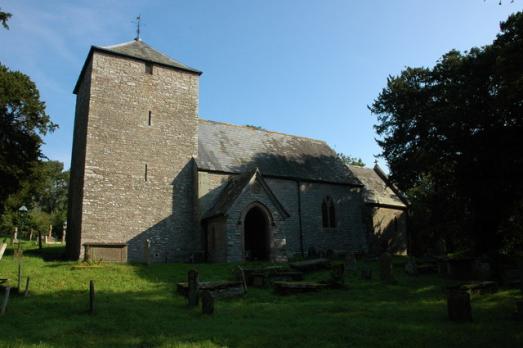
The churchyard contains the grave of Methodist leader Peter Williams, inspired by Griffith Jones.

Griffith Jones was born in 1683. He is remembered as the 'morning star' of the awakening in Wales.
At a young age he decided to go into the church. He became a deacon in 1708 from the hands of the Bishop of St David’s and became a priest the following year. He became a curate at Laugharne in Carmarthen and in 1711 he became vicar of Llandilo-Abercowyn.
Jones will be most remembered for his educational work with Circulating Schools in Wales. Men and women of all ages came to the schools and some parents learnt at home what their children had been taught in the school.
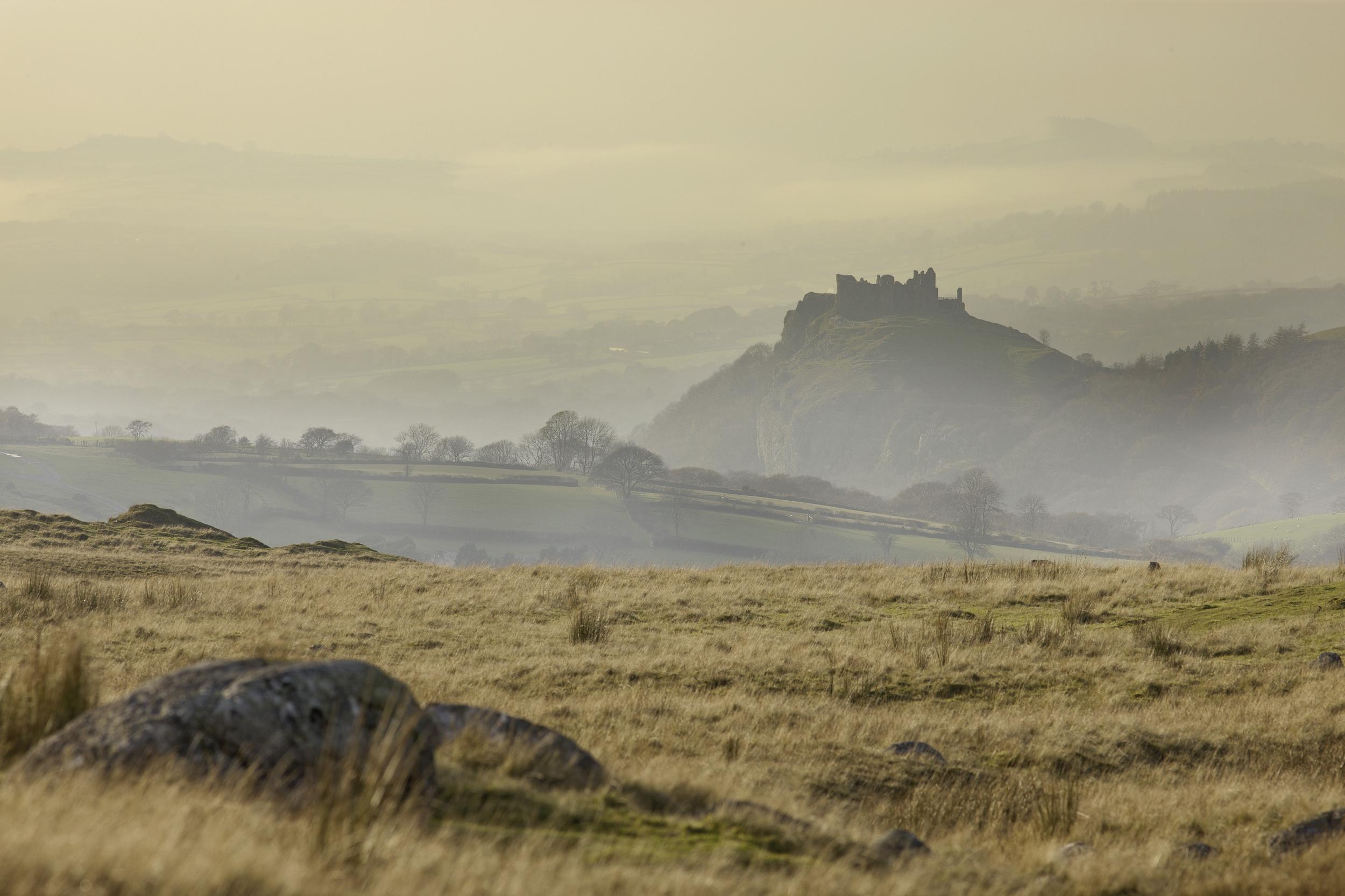
©CrownCopyright2020

Discover other churches and chapels in Carmarthenshire using our map.
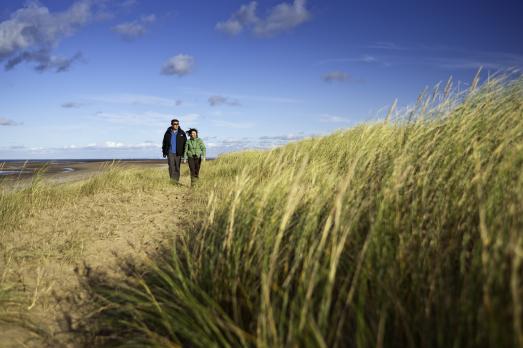
Discover remarkable sacred spaces; decode their art and architecture, reveal their hidden histories and take inspiring journeys of discovery around the new Wales Way.